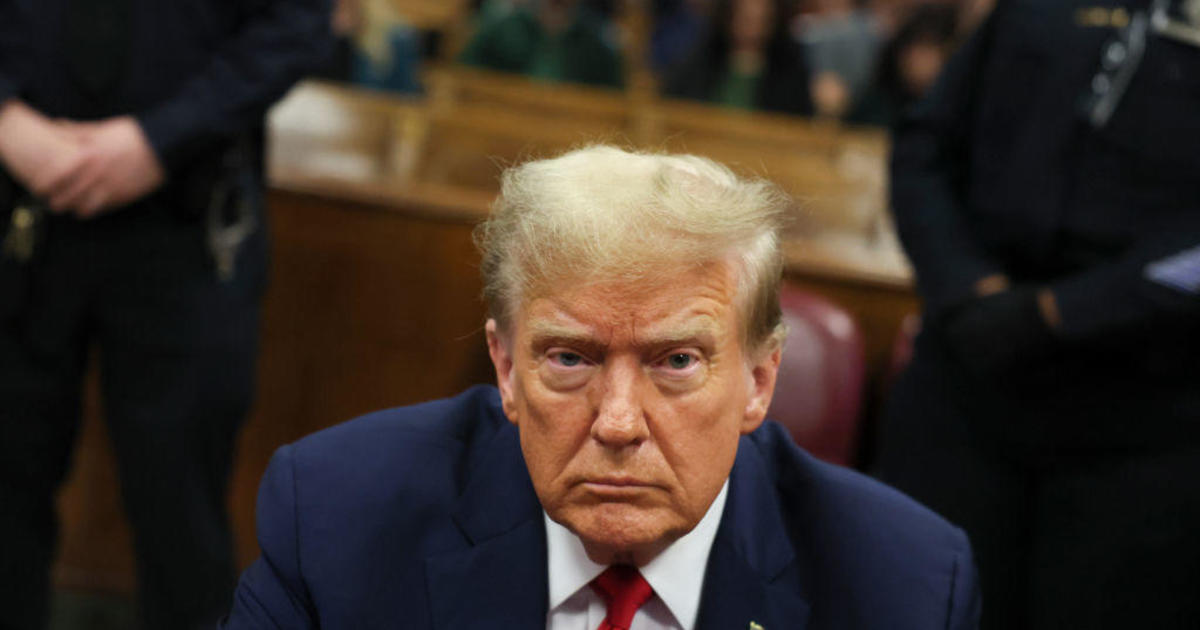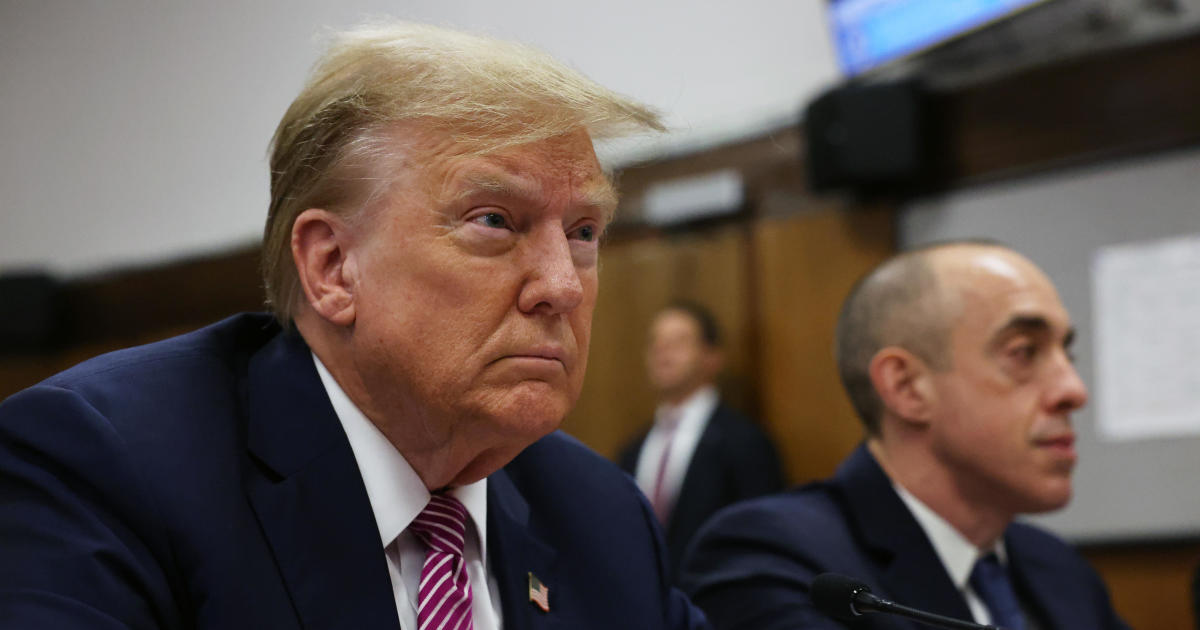What Trump must overcome to hit 3% growth
Appearing before the Senate Banking Committee, Treasury Secretary Steven Mnuchin on Thursday sounded a familiar theme: The U.S. economy could muscle up and produce a 3 percent growth rate or better, given the right policies. Is this goal, whose prospect was a main piston driving Donald Trump's victory last fall, achievable?
Hitting or topping 3 percent has been the mantra of President Trump and his lieutenants for a long time. On the campaign trail, Mr. Trump often called for 3.5 percent GDP growth. In January, the White House website upped the ante to 4 percent (that reference is gone now). In February and March, the president and Mnuchin talked about 3 percent and up.
So in his Senate testimony Thursday, Mnuchin made sure to reiterate the objective: "Combined with often imprudent regulations crafted in the midst of crisis, the engine of American prosperity has slowed. I believe that a goal of 3 percent GDP or higher economic growth is achievable if we make historic reforms to both taxes and regulation."
Right now, the nation is mired in slow-growth mode, hovering around 2 percent annual increases since the Great Recession. The Trump goal is set at 3 percent for a reason: GDP has grown 3.1 percent on average since 1950. In this year's first quarter, it was a sluggish 0.7 percent, the worst showing in three years.
The culprits for this languid pace are many: stingy wage raises, low corporate capital spending, newfound frugality among recession-burned consumers and a higher dollar, which makes exports more expensive and less competitive abroad. While the dollar has slumped in recent weeks, it's still 20 percent higher than three years ago. Turning around such a situation is no small task.
In light of these towering obstacles, Mark Zandi, chief economist at Moody's Analytics, believes achieving 3 percent or more is a stretch: "There's no way to connect the dots between his policies and that level of growth."
In Zandi's estimation, the stimulus package the administration seeks could lift GDP growth to 2.7 percent in 2018, but that would entail significant deficit spending and faster inflation -- in turn leading the Federal Reserve to jack up interest rates at a faster tempo, thus choking off further economic expansion.
Certainly, if Mr. Trump can get his plans past Congress, some economists do think he has a shot of hitting 3 percent. To Joseph Lavorgna, chief U.S. economist at Deutsche Bank, lowering taxes would "spur companies to ramp up capital spending, lifting productivity and economic growth more than many analysts anticipate."
The first question is whether the president can put his agenda into action. The second is how effective it will be. The pitfalls in the way of Mr. Trump's hoped-for 3 percent are:
Stimulus package delay. The difficulty for Mr. Trump and the GOP House leadership in pushing through an overhaul of the health law demonstrated for many that getting a tax code revamp and a $1 trillion infrastructure spending plan enacted will take a lot of time. The House's replacement bill for Obamacare barely passed and must still go to the Senate, where fellow Republicans are working on a massive rewrite.
"The misfire on health care is telling, said Stephen Wood, chief market strategist for North America at Russell Investments. "So the rollout of Trump's legislative agenda will be delayed."
Speaker Paul Ryan, R-Wisconsin, and the House Republican leadership, have a tax overhaul proposal ready to go. They're starting hearings on the issue, but a fully formed Trump plan is still missing in action.
In April, Secretary Mnuchin released a bare-bones, one-page summary of what the administration is driving for. In his Senate appearance, Mnuchin didn't give a timetable for a when a fleshed-out version will be ready.
As doubts have multiplied that the Trump stimulus package can be hatched this year, Commerce Secretary Wilbur Ross said last week that economic growth will fall short of 3 percent in 2017.
Productivity lag. The economy's underlying growth potential has shrunk markedly over the past decade, a trend that started before the Great Recession kicked in. Since 2007, it has increased at a meager annual rate of 1.1 percent, according to the Bureau of Labor Statistics. The average since World War II has been 3.2 percent. The last spurt in productivity came during the 1990s, when information technology use spread throughout the U.S. workplace.
A lot of the shortfall is linked to reduced capital spending by U.S. companies. In 2015, the last year tabulated, the Census Bureau said the increase was a mere 2.5 percent, far below the mid- to high-single digits that have been the postwar norm. In interviews, corporate executives have justified their ambling pace of capital spending, citing a lack of strong consumer demand.
Soft demand. Consumers were spendthrifts prior to the recession. Not any more. The scars of the last economic downturn haven't yet healed.
Despite somewhat better pay and a robust job market, their spending advanced at a meager 0.3 percent annual rate in the first quarter, the slowest performance since 2009's fourth period. What's more, they aren't borrowing like they used to: U.S. household debt was 102 percent of income last year, compared to 129 percent in 2007.
Full employment. When could low joblessness be bad? When it serves as a natural ceiling on growth. The current 4.4 percent unemployment rate has resulted in fewer jobless Americans actively looking for work. The upshot: Monthly payroll growth in 2017 is projected to droop to an average of 160,000, from 180,000 last year and 226,000 in 2015.
Meanwhile, the labor force -- those who are employed and those who are looking -- has seen a slow expansion as an average 10,000 baby boomers are retire daily. Immigration could fill some of the gap, but Mr. Trump wants to restrict it.
All told, these are the kinds of obstacles that could keep the president's 3 percent target just out of reach.



